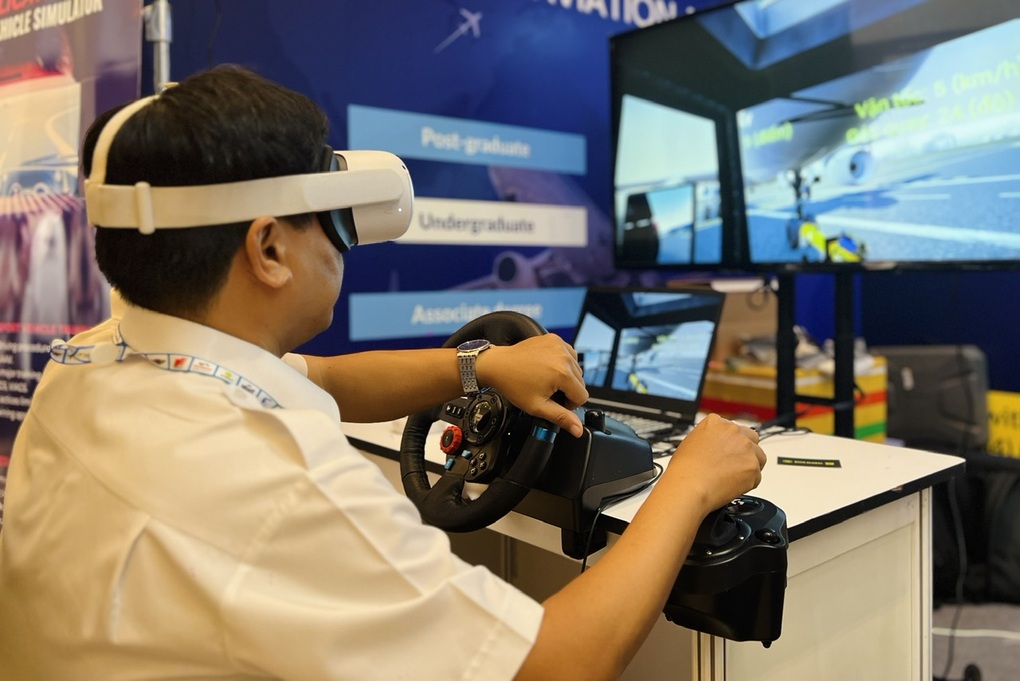
Attendees experience at the air show on October 11 (Photo: Hoai Nam).
That is the information that Associate Professor Dr. Tran Hoai An - Chairman of the Council of Vietnam Aviation Academy - stated at a series of international scientific conferences and aviation exhibitions in Ho Chi Minh City on October 11.
Mr. An said that the Vietnamese civil aviation industry currently has about 44,000 employees in three main areas: transportation exploitation, port exploitation and flight operations assurance.
It is forecasted that by 2025, the industry will have more than 58,000 employees. Of which, the administrative sector will increase by 2-3% per year, the aviation business sector will increase by 4-5% per year, and the aviation and other non-aviation service businesses will increase by 4-5% per year.
Dr. Nguyen Thi Hai Hang - Director of Vietnam Aviation Academy - acknowledged that after the pandemic, the aviation industry's human resources fell into a serious crisis with a large number of employees quitting their jobs due to the difficult and dangerous nature of the profession.
This situation causes major airports around the world and major airlines in the world to fall into difficulty.
Faced with the development needs of airports, human resources to meet the development in this field, according to Ms. Hang, are facing many challenges.
"It is predicted that the university's full-time students graduating from majors related to flight operations will not be enough to meet the recruitment needs of the Vietnam Air Traffic Management Corporation," Ms. Hang informed.
The Director of the Aviation Academy said that to meet the demand for human resources, it is necessary to expand the scale of training in this field. In addition to the regular program, it is necessary to promote training activities in the form of studying while working, and coordinate with flight management enterprises to recruit more students.
In the coming years, Vietnam Aviation Academy will gradually increase the number of students enrolled in training from the current 2,500 students per year to 3,500 students by 2025-2026. It is expected that each year it will provide the industry with 3,000 to 4,000 workers with college and postgraduate degrees.
In addition, this unit continues to train and provide thousands of intermediate and primary level aviation staff in aviation security and air traffic management.
According to industry experts, it is expected that by 2030, Vietnam will have about 30 airports, requiring human resources to develop at a rapid pace to meet demand. Not only quantity, this field increasingly places strict requirements on the quality of human resources.
Besides human resources issues, gender equality in the aviation industry is one of the contents in the sustainable development strategy emphasized by Mr. Nguyen Phuoc Thang - Head of Science, Technology and Environment Department, Civil Aviation Authority of Vietnam - at the workshop.
Mr. Thang said that the International Civil Aviation Organization (ICAO) contributes to the goal of gender equality by promoting women's participation and increasing their presence in all professional positions and senior positions in the global aviation industry.
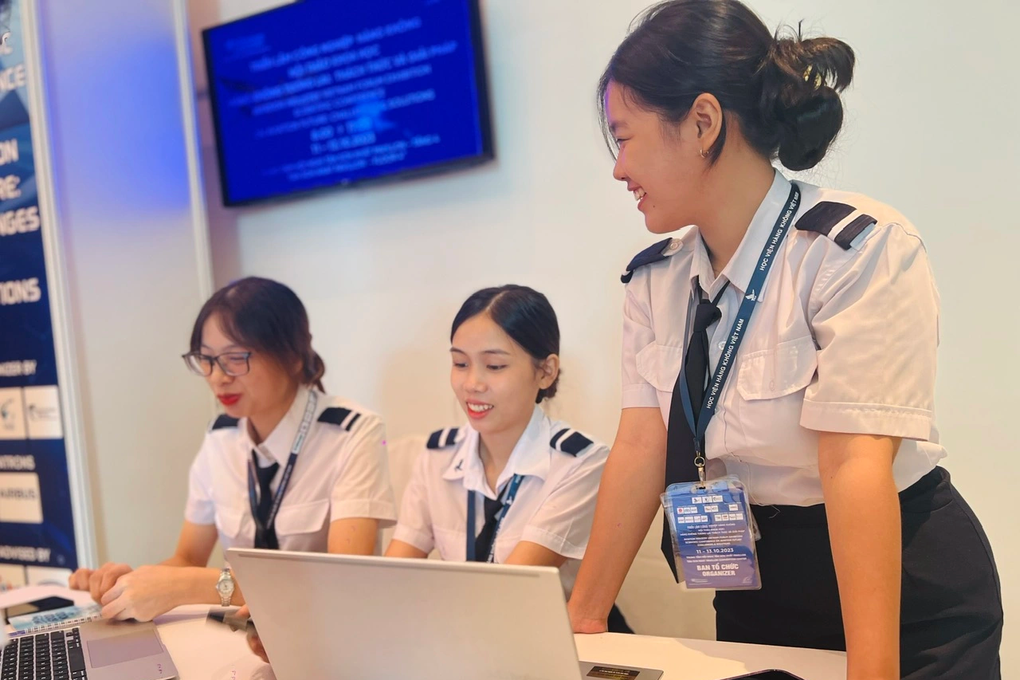
Flight attendants attending the event (Photo: Hoai Nam).
This organization ensures the creation of conditions for women to work in the aviation industry, taking up professional positions right at ICAO.
In addition, ICAO also works with member states, aviation industry partners, professional associations, academia... on programs and projects to invite young women to join the aerospace industry.
Source link



![[Photo] President Luong Cuong receives delegation of the Youth Committee of the Liberal Democratic Party of Japan](https://vstatic.vietnam.vn/vietnam/resource/IMAGE/2025/8/22/2632d7f5cf4f4a8e90ce5f5e1989194a)
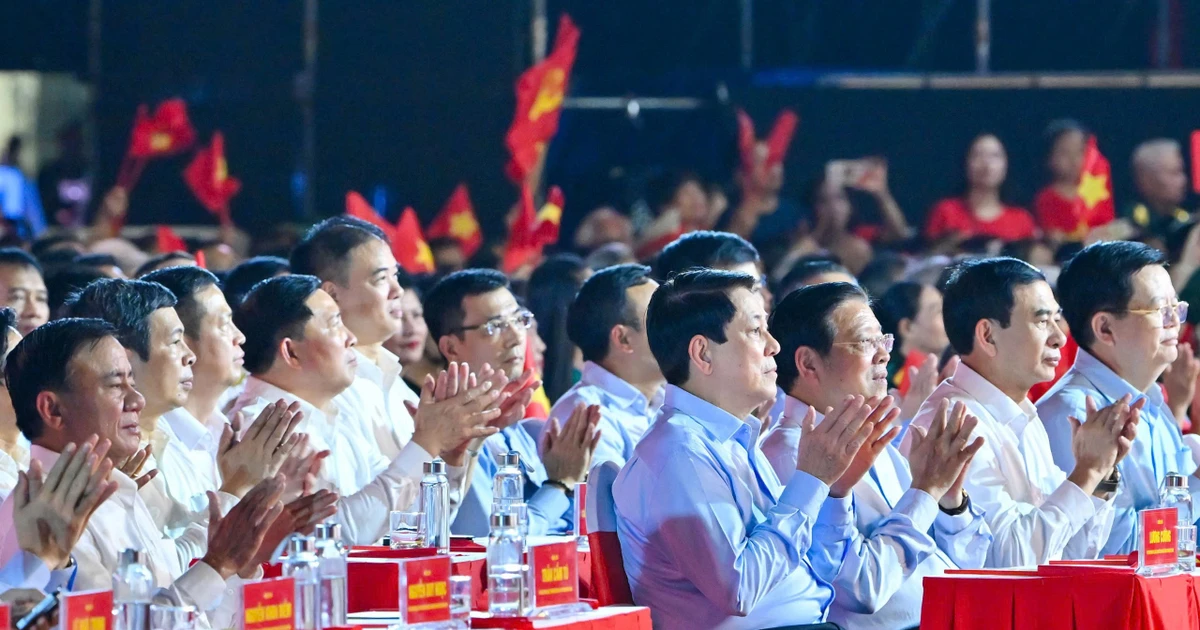


![[Photo] President Luong Cuong attends special political-artistic television show "Golden Opportunity"](https://vstatic.vietnam.vn/vietnam/resource/IMAGE/2025/8/22/44ca13c28fa7476796f9aa3618ff74c4)
![[Photo] Prime Minister Pham Minh Chinh chairs the conference to review the 2024-2025 school year and deploy tasks for the 2025-2026 school year.](https://vstatic.vietnam.vn/vietnam/resource/IMAGE/2025/8/22/2ca5ed79ce6a46a1ac7706a42cefafae)









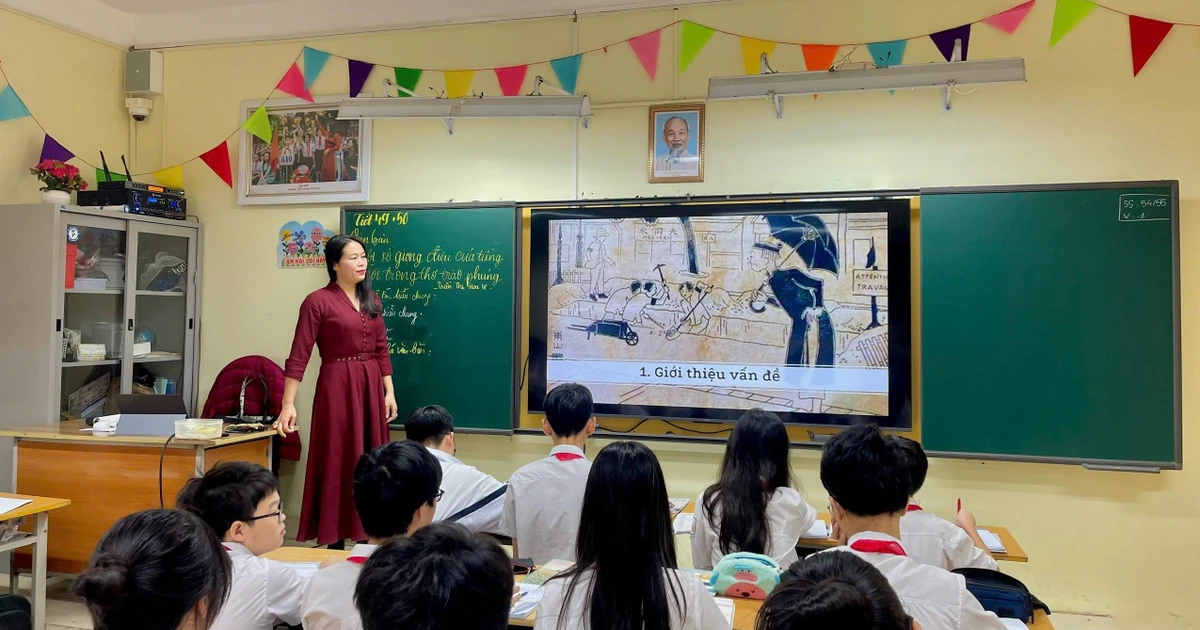


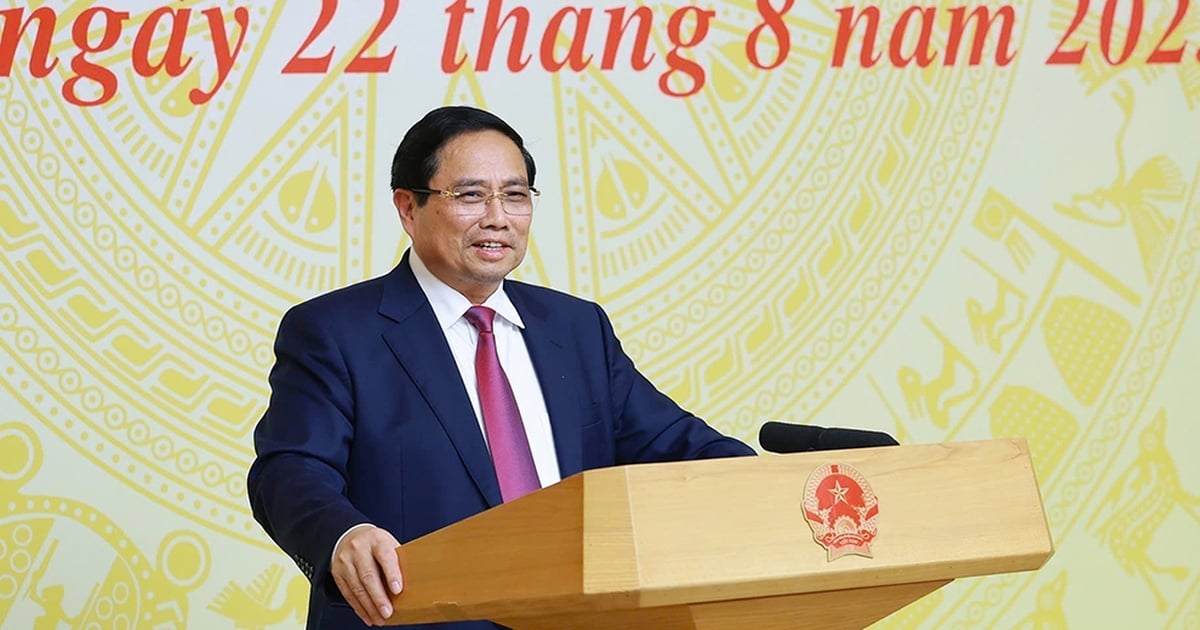
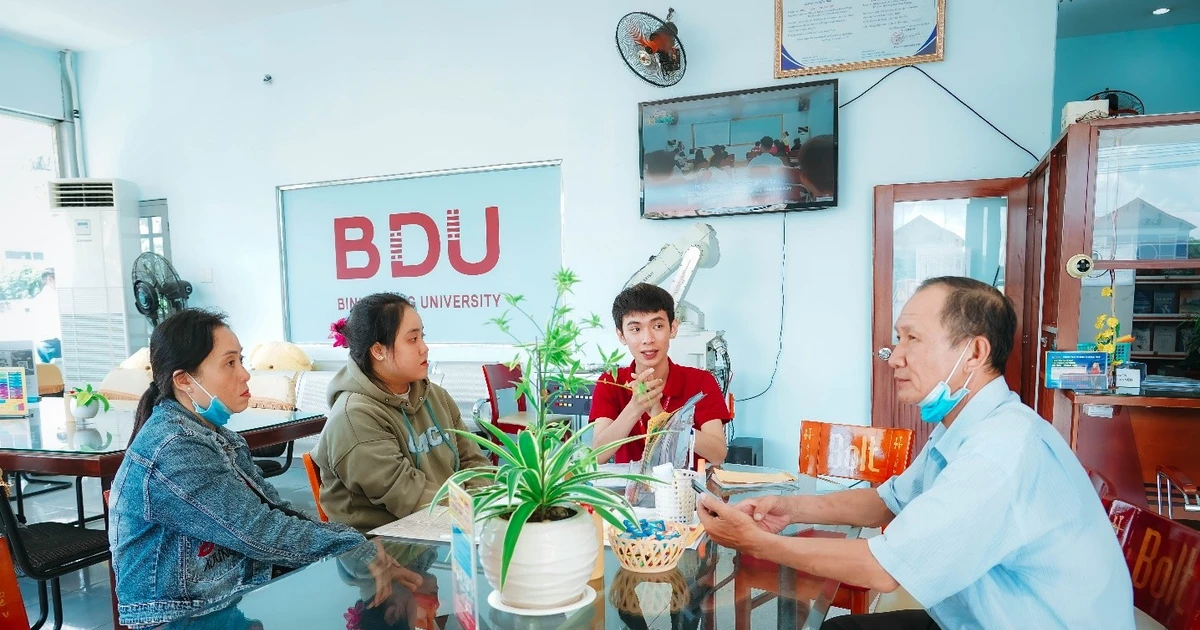







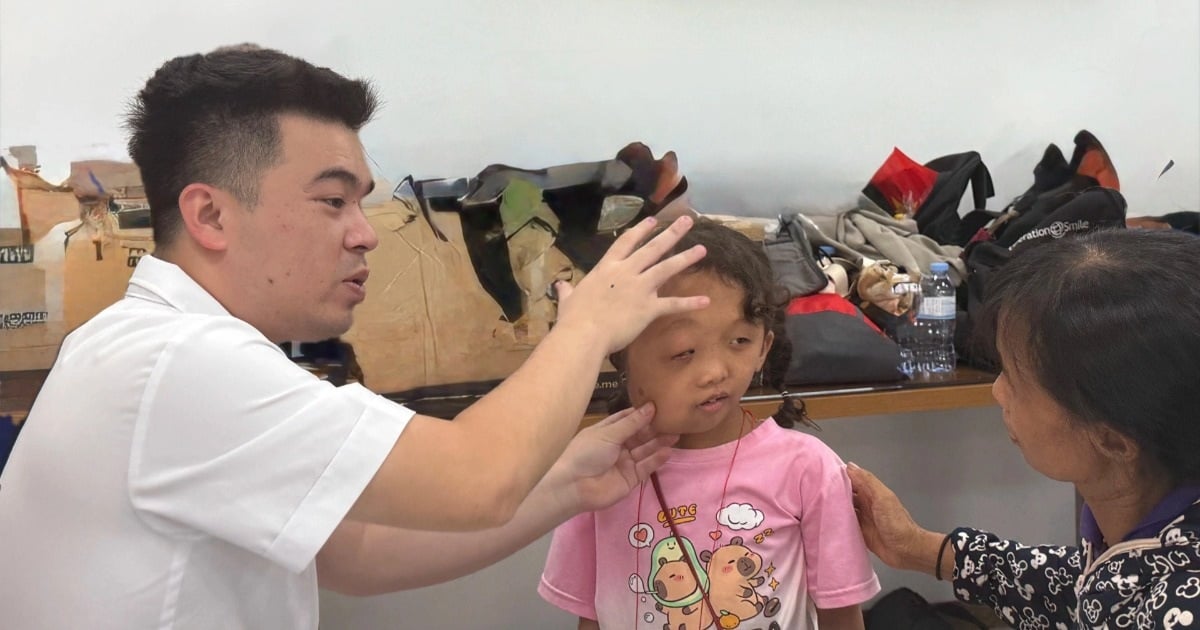
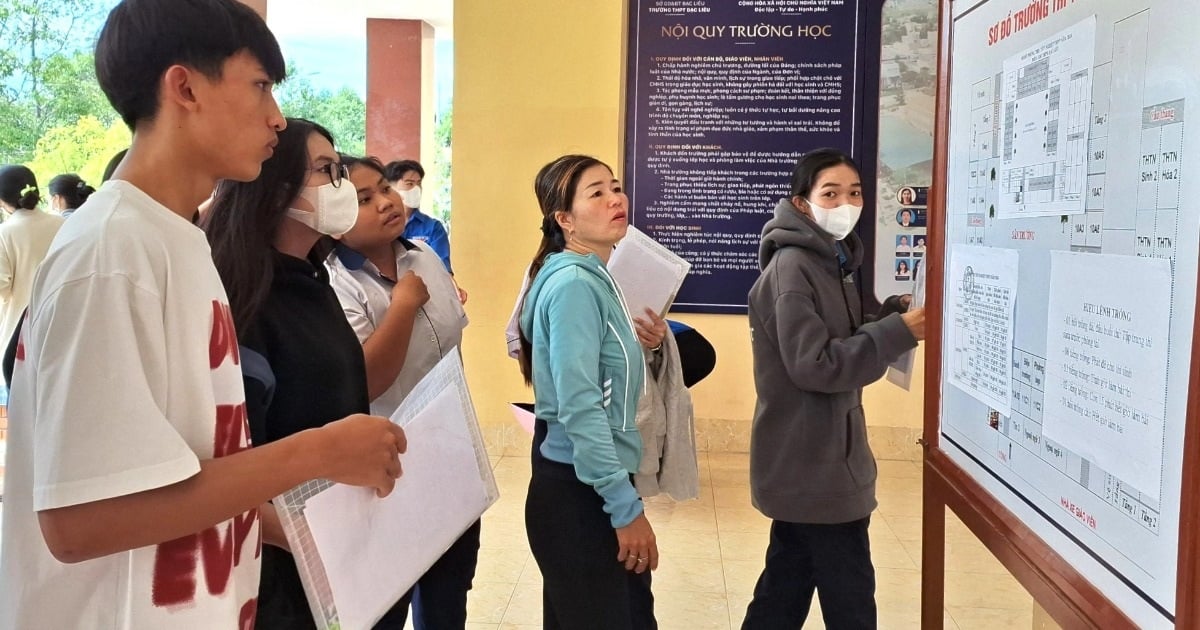
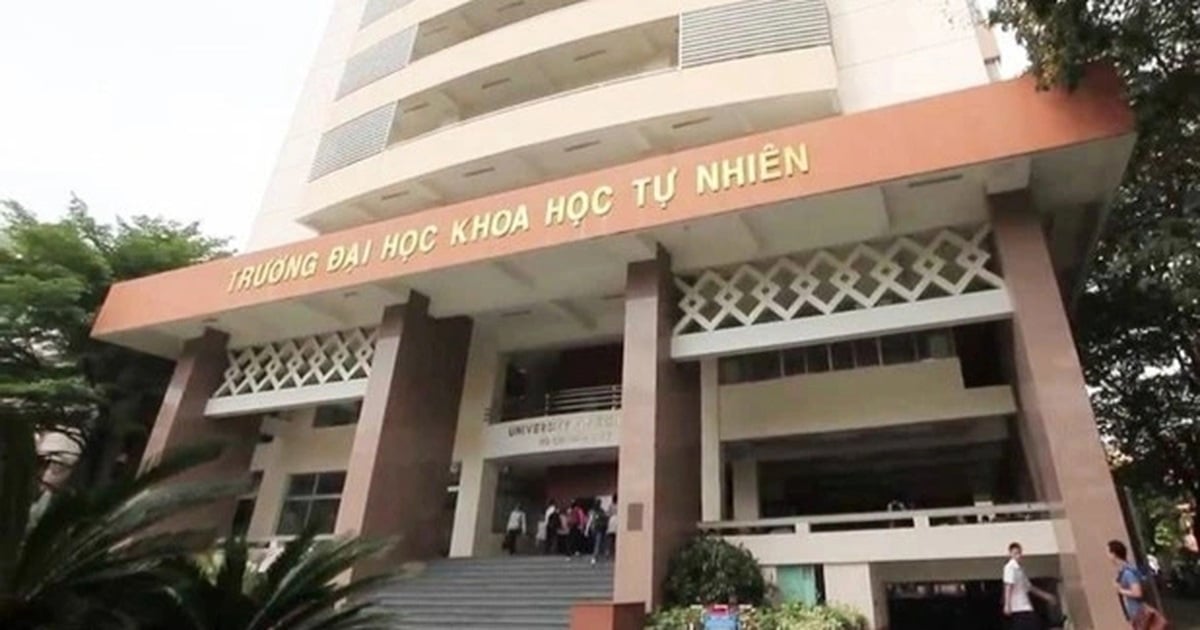

























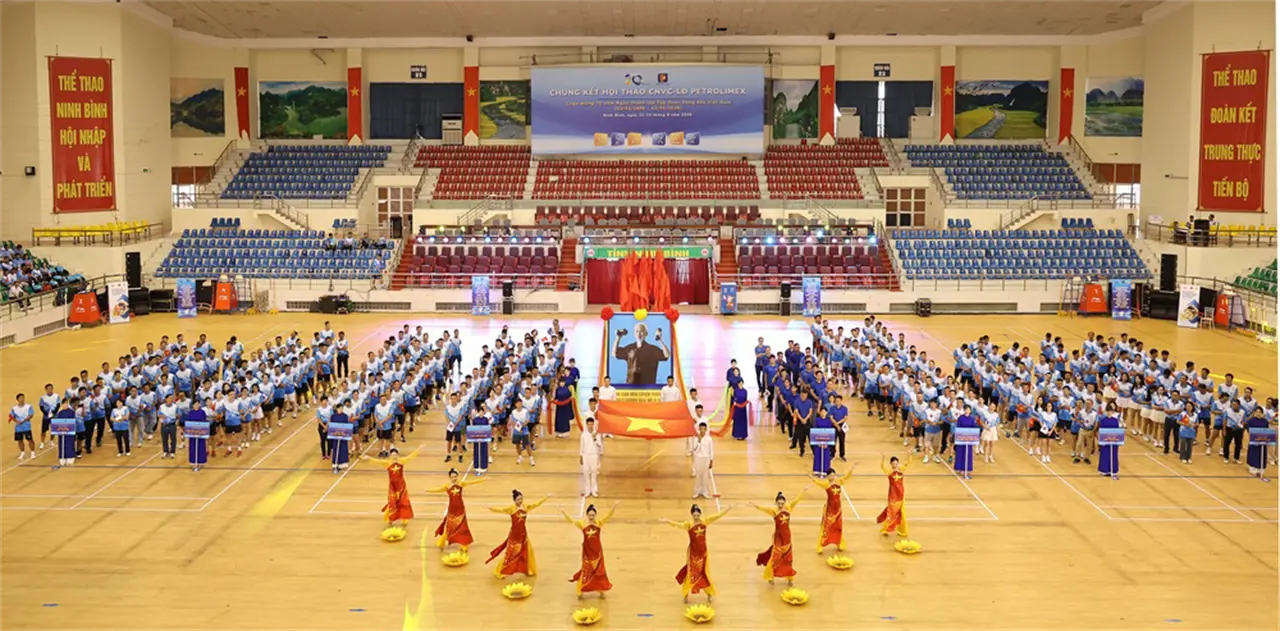







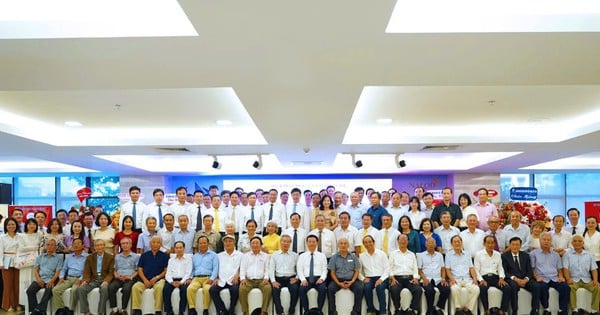

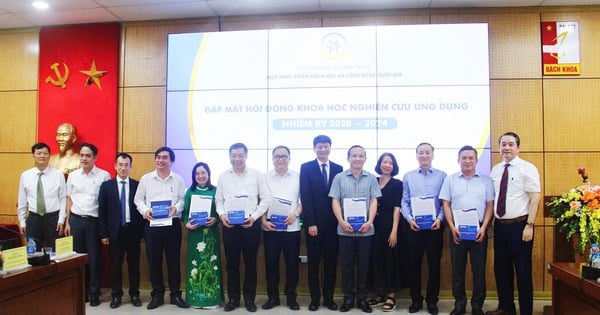
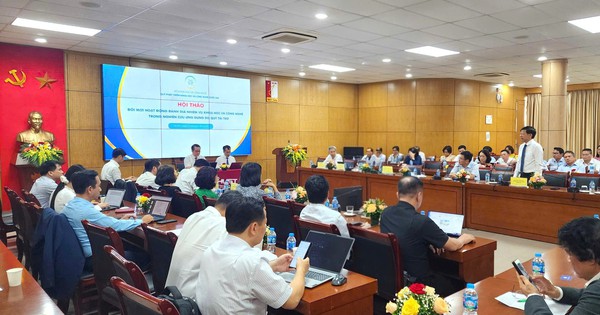
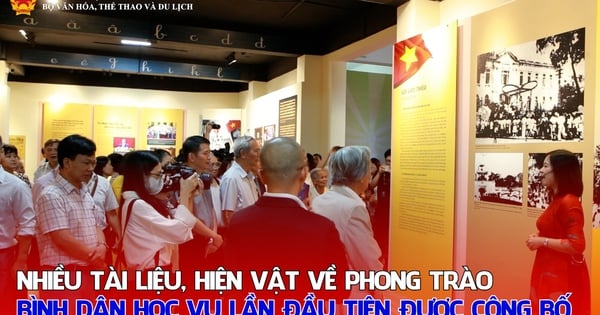

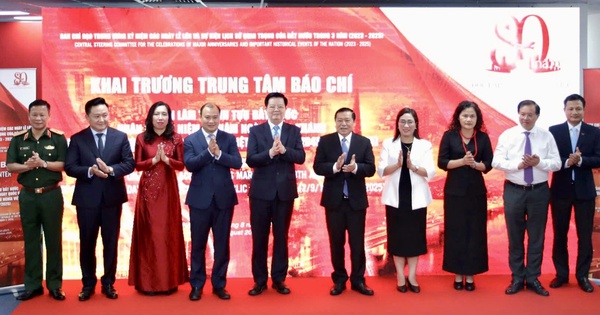

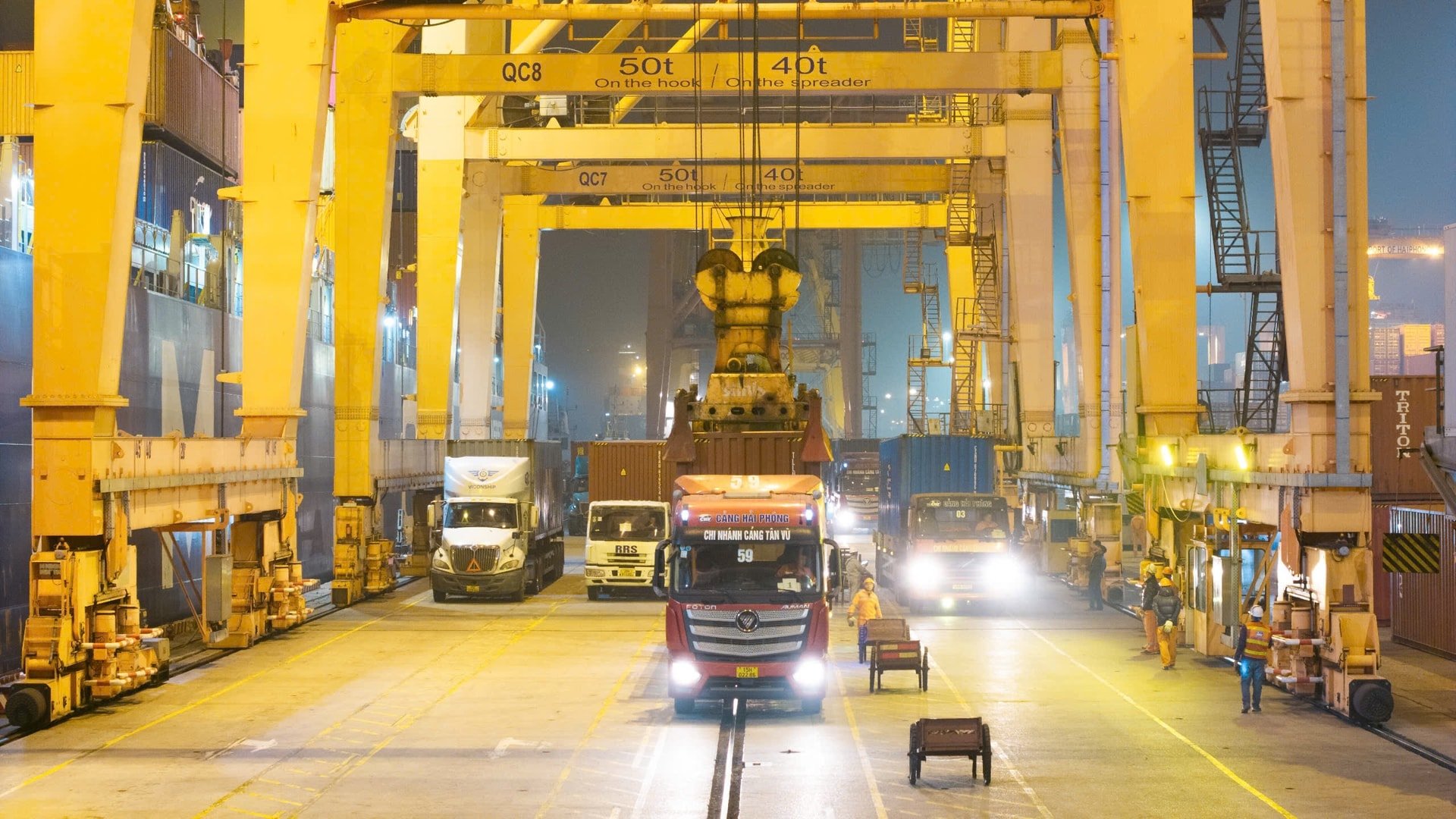

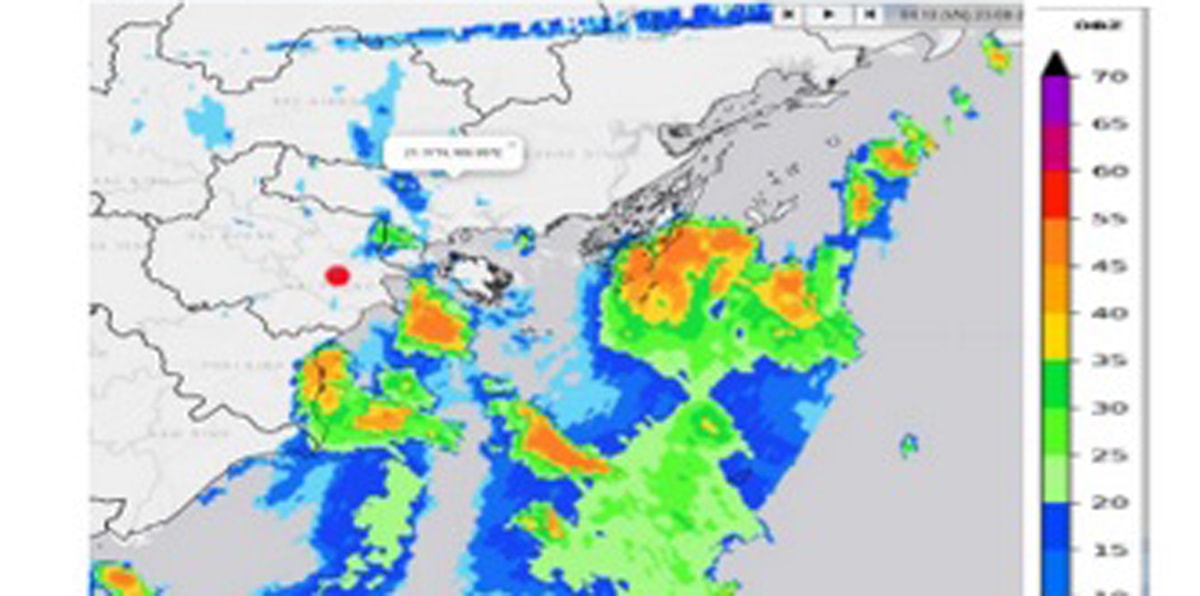
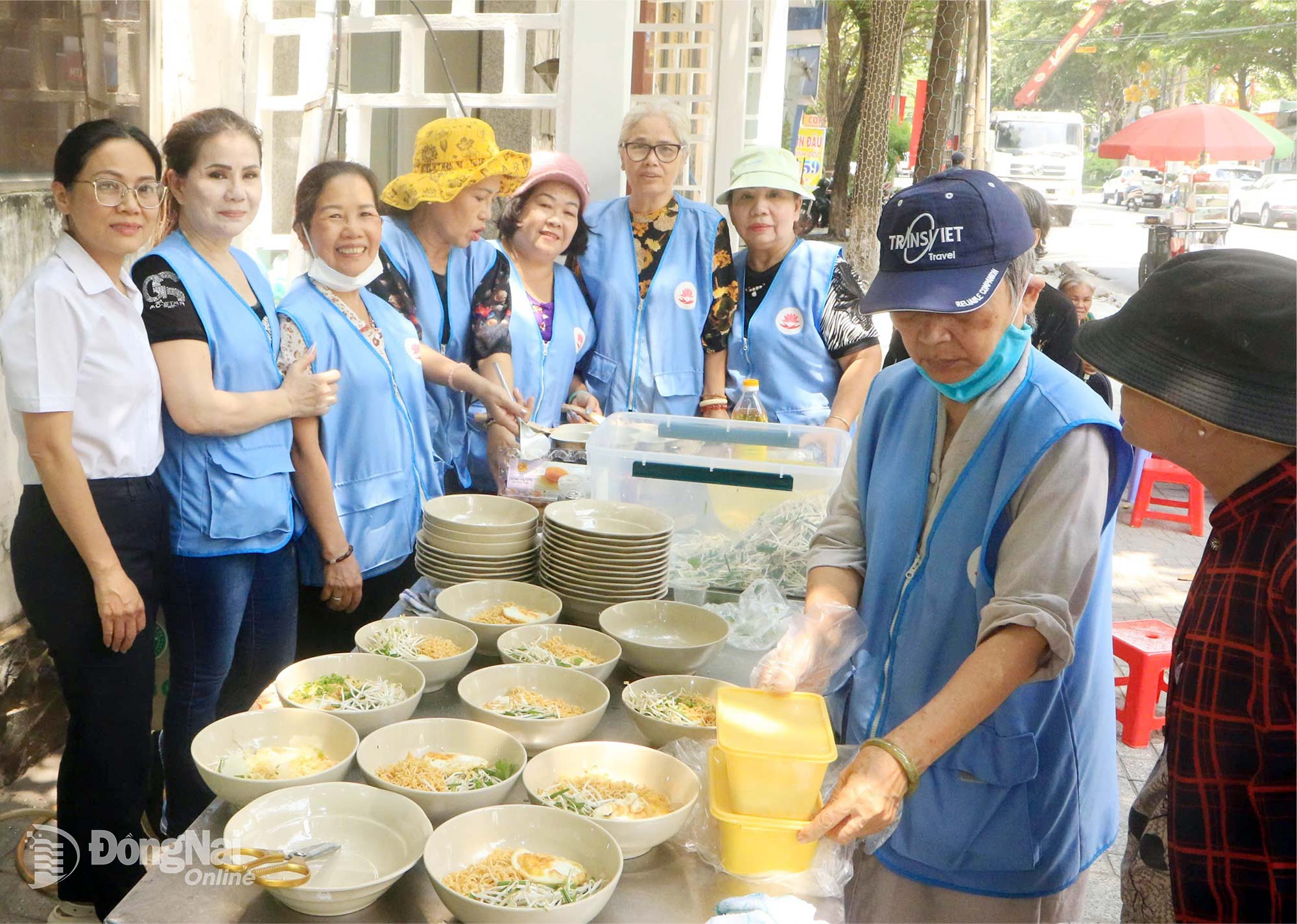



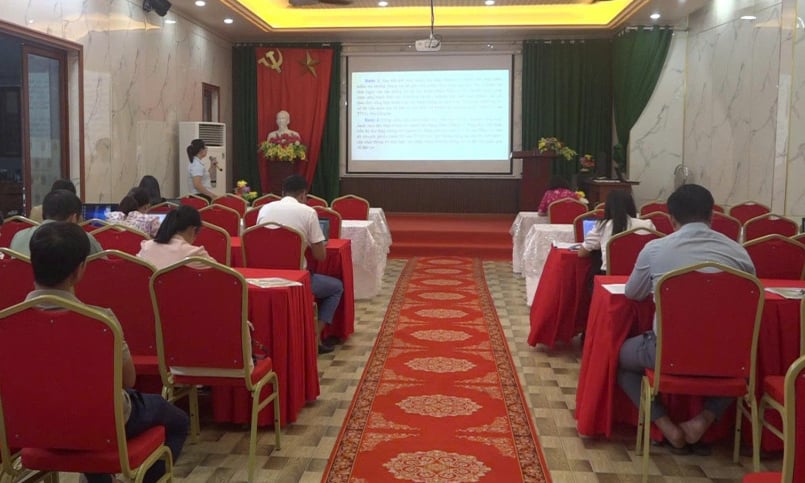

















Comment (0)